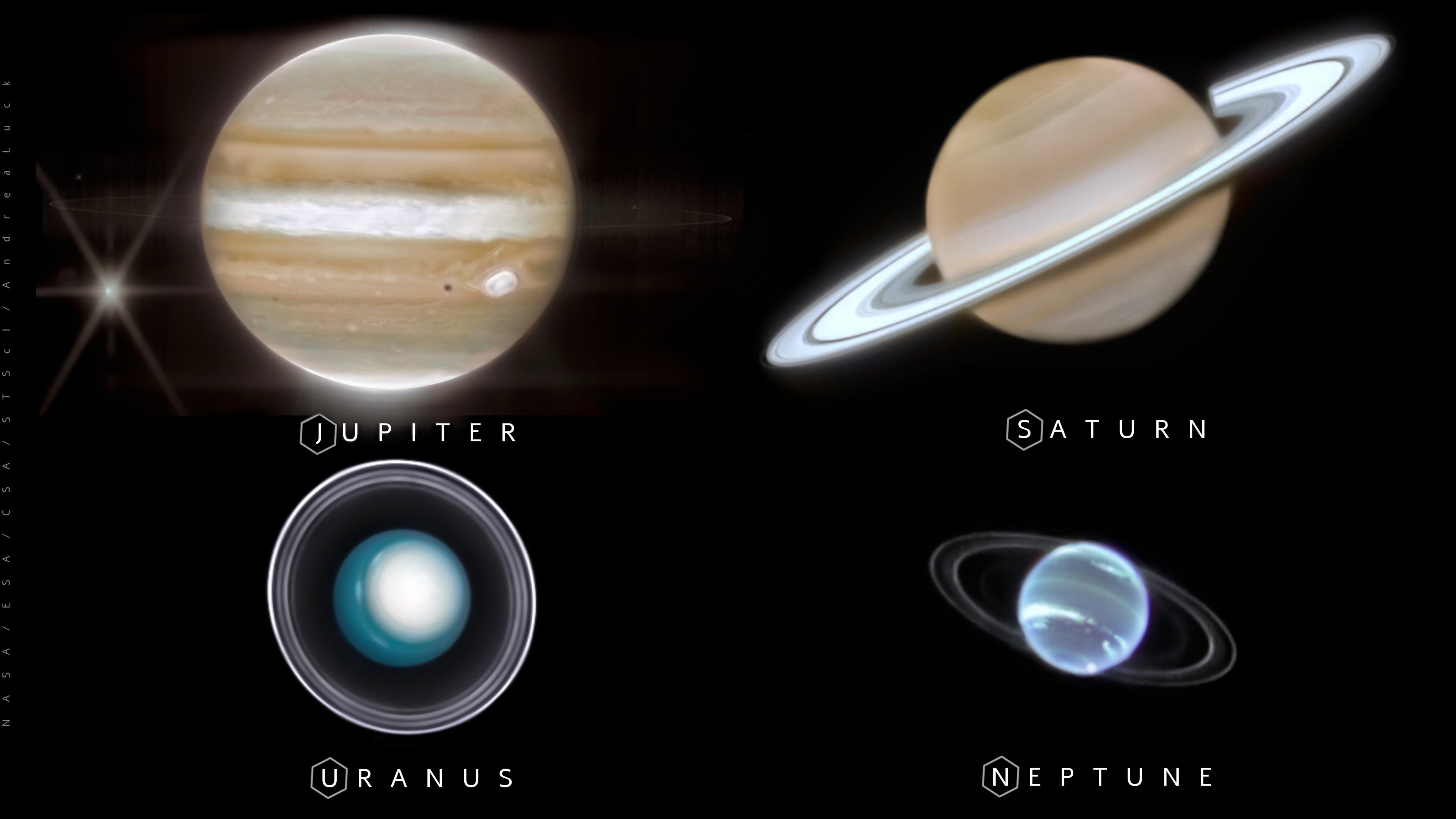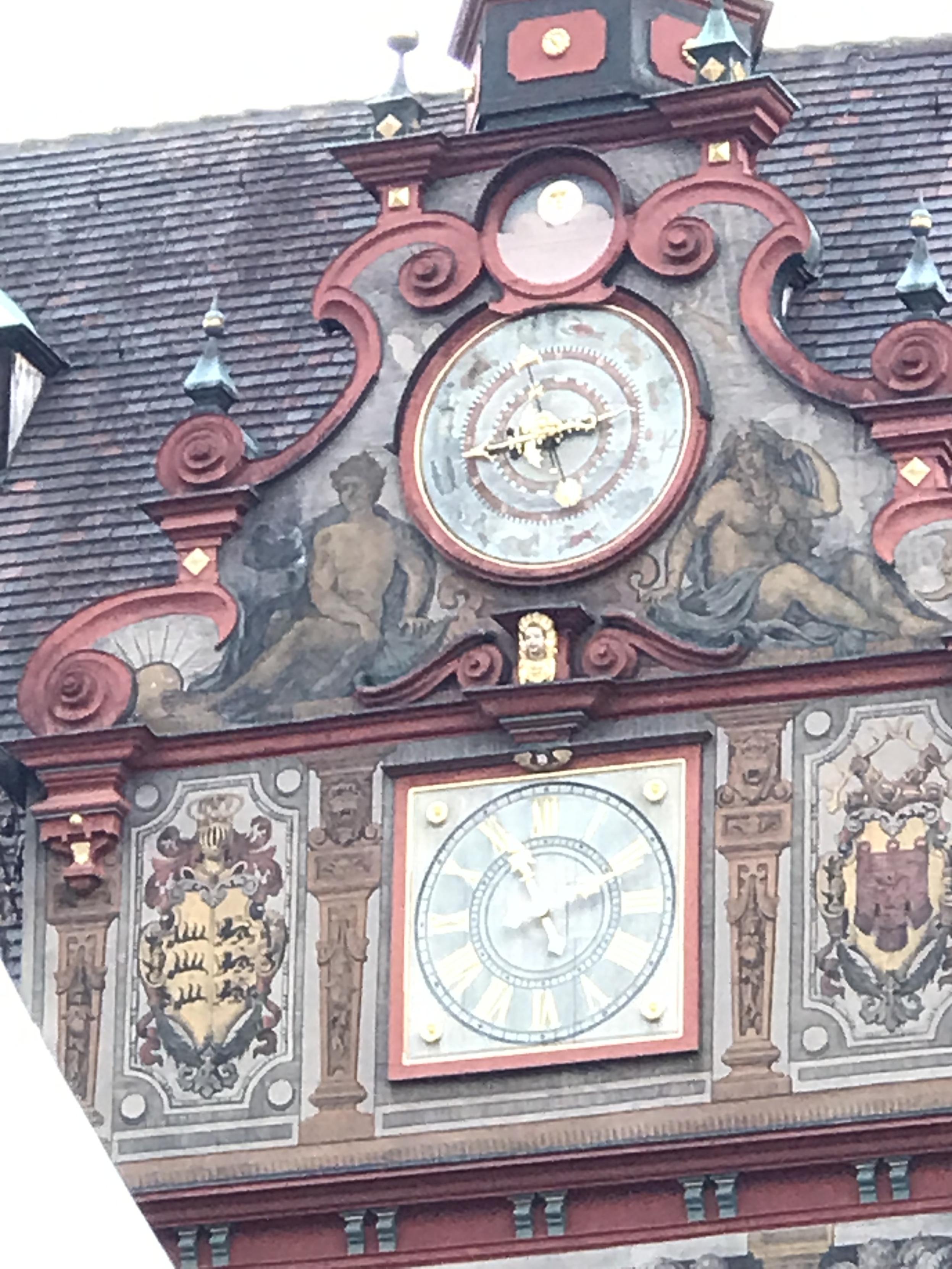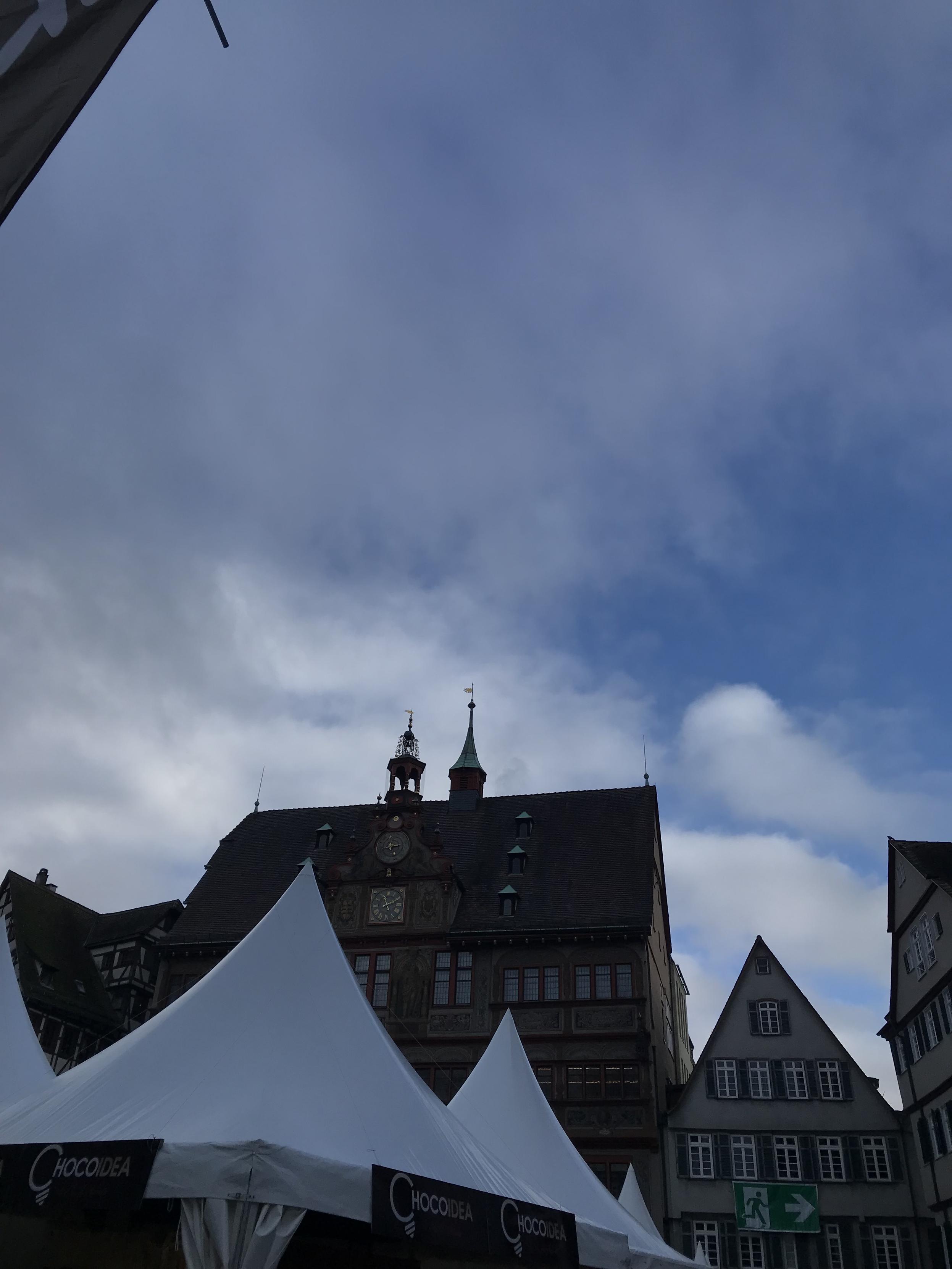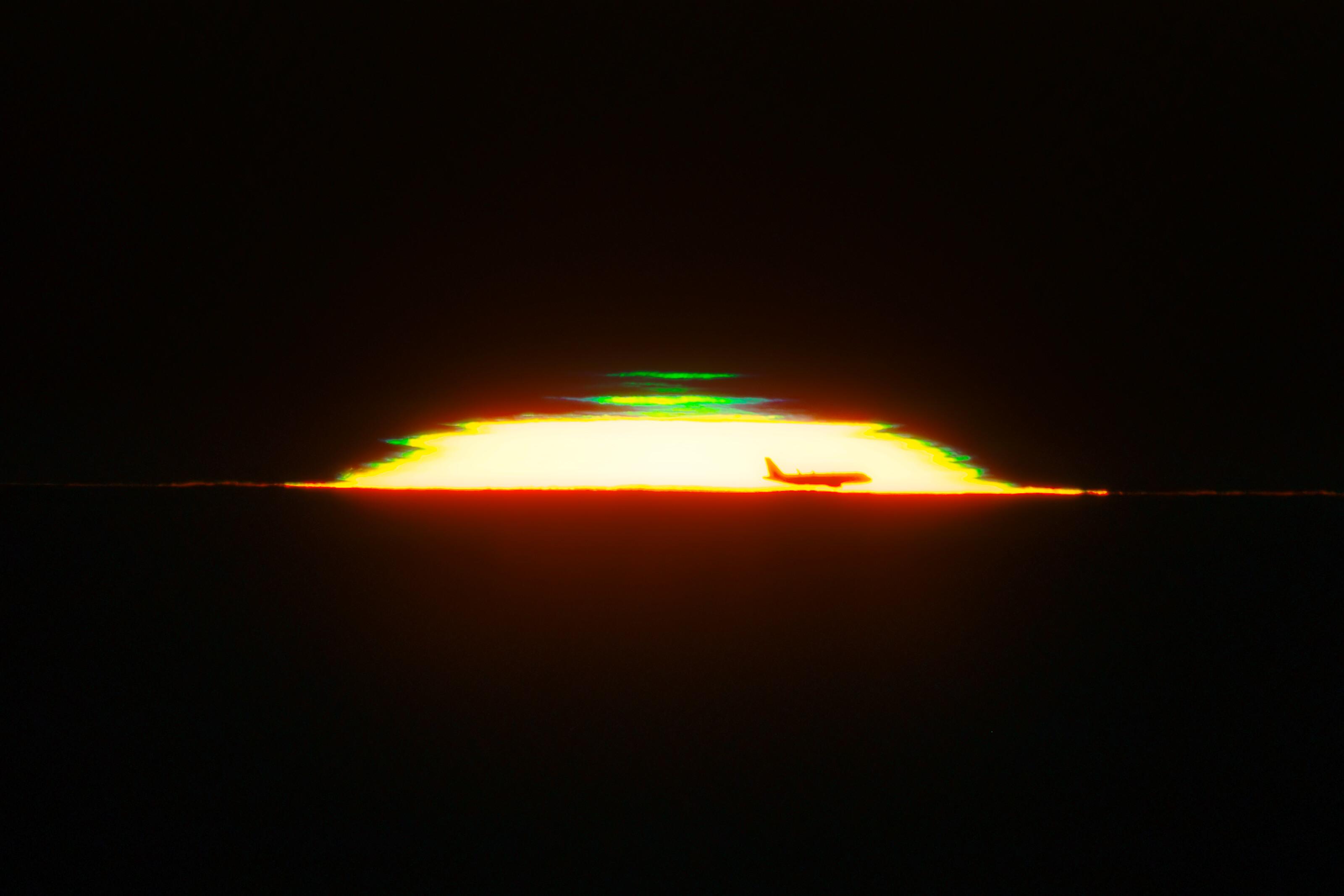As the evening Sun fades from the viewpoint on Cerro Pachón, a green light peeks through. This phenomenon is known as a green flash, or green rim. The green is a result of atmospheric refraction as the Earth’s atmosphere separates white sunlight into its constituent wavelengths. Although a green rim is present at every sunset, there’s a good chance that you’ve never noticed it! It’s too thin to be seen by the naked eye, and only lasts a handful of seconds as the Sun slips past the horizon. Photography and videography are the best ways to capture the rare appearance of this atmospheric effect. While not a natural phenomenon, this image also serendipitously captures a soaring airplane against the fading sunlight.
This sunset was captured from Cerro Pachón in the Chilean Andes. Cerro Pachón is home to several telescopes operated by NOIRLab including the SOAR Telescope, a part of the U.S. National Science Foundation (NSF) Cerro Tololo Inter-American Observatory (CTIO), a Program of NSF NOIRLab; Gemini South, one half of the International Gemini Observatory, funded in part by the NSF; and NSF–DOE Vera C. Rubin Observatory, which is jointly funded by the NSF and the U.S. Department of Energy Office of Science (DOE/SC).
Petr Horálek, the photographer, is a NOIRLab Audiovisual Ambassador.
Credit: NOIRLab/NSF/AURA/P. Horálek (Institute of Physics in Opava)







